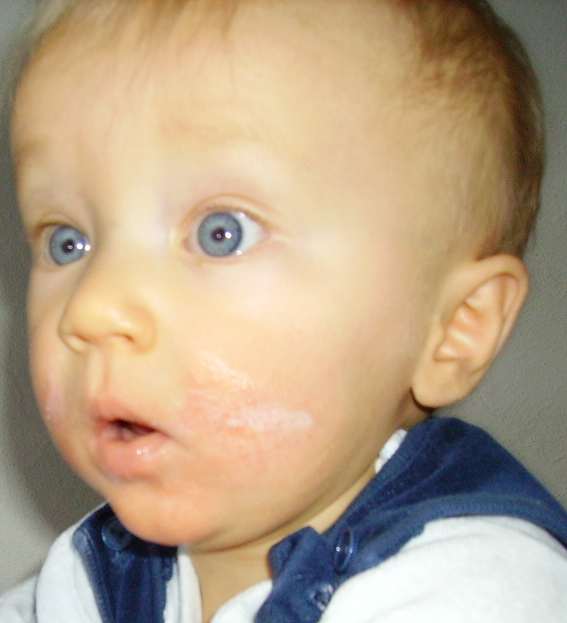¿Lo sabías?
Puedes hacer doble clic en una palabra para buscarla en TermGallery.
Puedes hacer doble clic en una palabra para buscarla en TermGallery.
Significados de atopic eczema en inglés
portugués
dermatite atópica 
Uso de atopic eczema en inglés
1
Aeroallergens and food allergens are relevant eliciting factors of atopic eczema.
2
Background: A subgroup of patients with atopic eczema exhibits aggravation through contact with aeroallergens.
3
Conclusions: The degree of sensitization is directly associated with the severity of atopic eczema.
4
Research suggests an association between atopic eczema and obesity, with inconsistent evidence from European populations.
5
Various candidate instruments exist for this domain but their content validity in atopic eczema is largely unclear.
6
Conclusion: We found evidence of a small overall association between atopic eczema and being overweight or obese.
7
These studies support the notion that IgE-binding cutaneous cells are involved in the pathogenesis of atopic eczema.
8
Results: We identified 441,746 people with atopic eczema, matched to 1,849,722 without.
9
Conclusion: Childhood atopic eczema has a profound impact on the social, personal, emotional, and financial perspectives of families.
10
The financial cost to the community for the management of atopic eczema in the study groups was greater.
11
The prevalence of asthma, the bronchial hyperreactivity and atopic eczema was increased within the observational period of 6 years.
12
Evidence is accumulating that the establishment of the gut microbiome in early life influences the development of atopic eczema.
13
Objective: To evaluate the impact of childhood atopic eczema on families and assess the personal financial cost of its management.
14
Objective: We sought to investigate the relationship between IgE-mediated allergic sensitization to aeroallergens and severity of atopic eczema in schoolchildren.
15
This review summarizes what is known about the role of melatonin as an immunomodulatory agent in asthma and atopic eczema.
16
Here, we describe an aberrant developmental trajectory of the gut microbiome and stool metabolome in allergen sensitized atopic eczema infants.
Esta colocación está formada por:
Atopic eczema a través del tiempo
Atopic eczema por variante geográfica

Estados Unidos de América
Común

